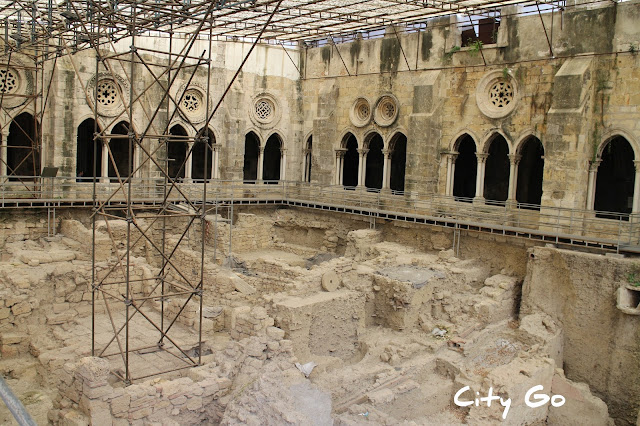Tavira, Portugal
In the 8th century Tavira, then known as Ba'al Saphon, the Phoenician thunder and sea god, was one of the first Phoenician settlements in Western Iberia. The settlement was destroyed by conflict in the 6th century BC and abandoned. Remains of the Phoenician walls can be seen close to the Tourist office.
During Roman rule, a new port was created some 7 km from Tavira. It was named Balsa and prospered and decayed in parallel with the Roman Empire. Tavira was then a passing place between Balsa and Baesuris (Castro Marim), important only for its bridge.
Tavira was under Arab rule from the 8th to the 13th century. The Moors left their influence mainly on agriculture and architecture, which can still be seen today in the whitewashed buildings and Moorish style doors and rooftops. The toponym Tavira derives from the Arabic tabira, "the hidden".
The city was reconquered by the Knights of the Order of Santiago in 1242 in retaliation for the killing of seven of their knights. The old Mosque was converted into the Christian church of Santa Maria do Castelo, where the seven knights' remains were deposited. It was the main port of the Algarve between the 16th and 18th centuries and harboured the Portuguese fleet that patrolled the straight of Gibraltar and supplied the markets of North Africa under Portuguese rule. Exports included salted fish, dried fruits, salt and wine.
Several factors contributed to the decline of the city, namely the silting up of the river, the devastating plague of 1645/46 and the great earthquake of 1755.
Between the 18th and 20th centuries Tavira became an important centre of tuna fisheries; however activity decreased as a result of the almost total disappearance of the tuna routes along the coast.
In the second half of the 20th century, tourism brought a new period of prosperity.
What to see in Tavira:
Pego do Inferno (7km away)












Comments
Post a Comment